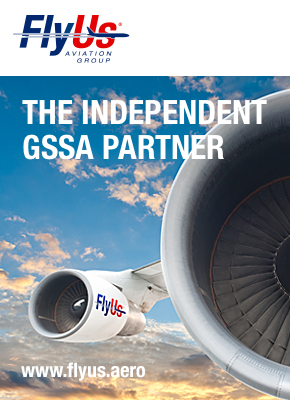
There seem to have been fewer complaints from the airline industry about low rates recently. It’s almost as if everyone is so busy cost-cutting, they’ve forgotten about the revenue side. Or maybe, rates are already high enough? Many of the big carriers have told The Loadstar recently that they are charging more than their competitors. Clearly, they can’t all be right.
They may be charging more, but it’s obviously not enough. Just look at the results. Air France-KLM (Q1 net loss: €368 million), Lufthansa Group (Q1 net loss: €397 million), IAG (Q1 net loss: €146 million), Singapore Airlines (Q4 net loss: $30.5 million), Korean Air (Q1 net loss: $59 million, AMR (Q1 net loss: $1.7 billion), United (Q1 net loss: $448 million) – we could go on, and on.
(One figure did catch The Loadstar’s eye though. Did you know United’s CEO Jeff Smisek received $14.7 million in compensation last year? No doubt some of the other 80,000 employees also received a 234% pay rise to reflect their efforts in the Continental integration.)
The airlines claim they are no longer chasing market share. As one cargo chief put it: “We learned the lessons about that in 2008/9.” Another major carrier, which is currently enjoying consistent cargo load factors of more than 90% on many routes, reveals: “We have a disproportionately high share of the market at the moment, I don’t know why. Our competitors are struggling, flying half empty, so they will come after our business. That’s the biggest thing on my radar, is not to lose this business. But it will end up coming down to price, and the forwarders will go where the low rates are.” Which all suggests there is a certain amount of market-share grabbing going on, which is a general feature of any market.
Of course, fuel prices have cemented the ugliness of carriers’ balance sheets, but the key issue is overcapacity in the face of unanticipated low demand. Which brings us to an interesting point.
The Loadstar, along with the freight industry, follows supply chain management with interest. The high-tech companies, the automotive companies, the fast-fashion companies, have all created their lean, mean, just-in-time supply chains. OK, so when there’s a problem, such as a hurricane, or volcanic ash, things can go wrong. But generally speaking, they’ve found a way to react swiftly to fluctuating demand.
But the airline and shipping industries, despite their core product being helping other industries create an efficient supply chain, have appalling ones themselves. Oh, the irony – they appear no more able to match supply of capacity with demand than The Loadstar can predict next summer’s weather in the UK. And there seems to be very little flexibility built in to their chains. Aircraft and ship orders – even without the staggering delays they have been subjected to recently – can take years to come to fruition. And yet carriers continue to order them in bulk, planning for growth, strategic expansion, investing millions, essentially, into an entirely unknown and upredictable future.
Yes, it make sense to plan ahead – and actually carriers may think they have very little choice. Except there is some choice. Those supply chains can certainly be a little leaner. Carriers could order a replacement fleet, rather than ordering for growth which simply might not come. At the risk of overly pleasing the likes of Atlas Air (which is doing pretty well), carriers could have a far better relationship with asset investors and lessors, who can help them build that flexibility into their own supply chain.
Carriers are always moaning that shippers don’t pass on information about forecasted volumes, that the volatility is caused by the customers. That’s true for carriers, and true for shippers. But they are fixing theirs. Carriers should look at their own, snail-like supply chains and ask themselves if there isn’t some way to be as as nimble as the industries they work for. Because right now, it just isn’t working.




